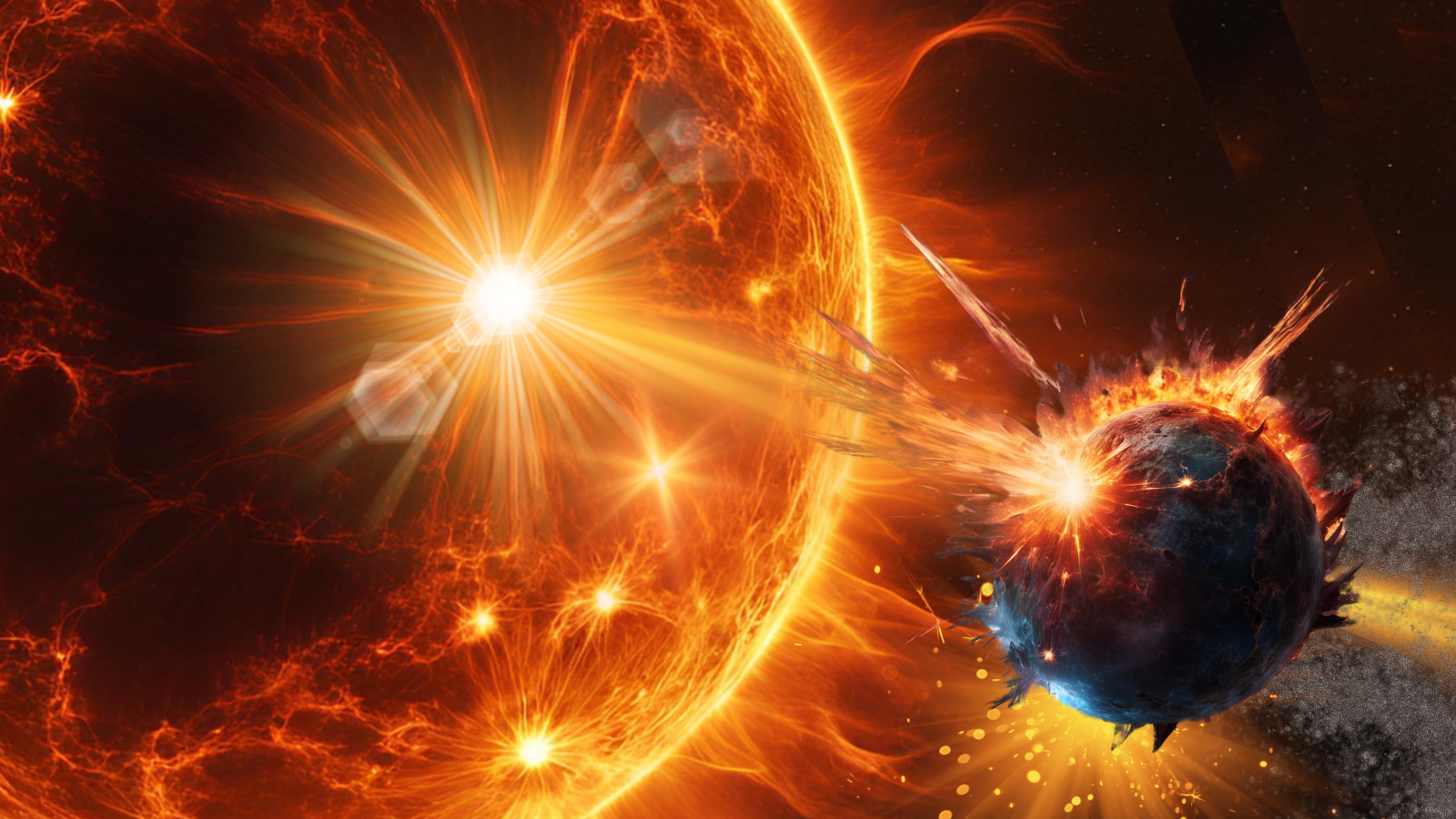Cosmic horror: 7 of science fiction's most terrifying alien races
Move over Xenomorph — these are the most mind-bendingly terrifying aliens in fiction.
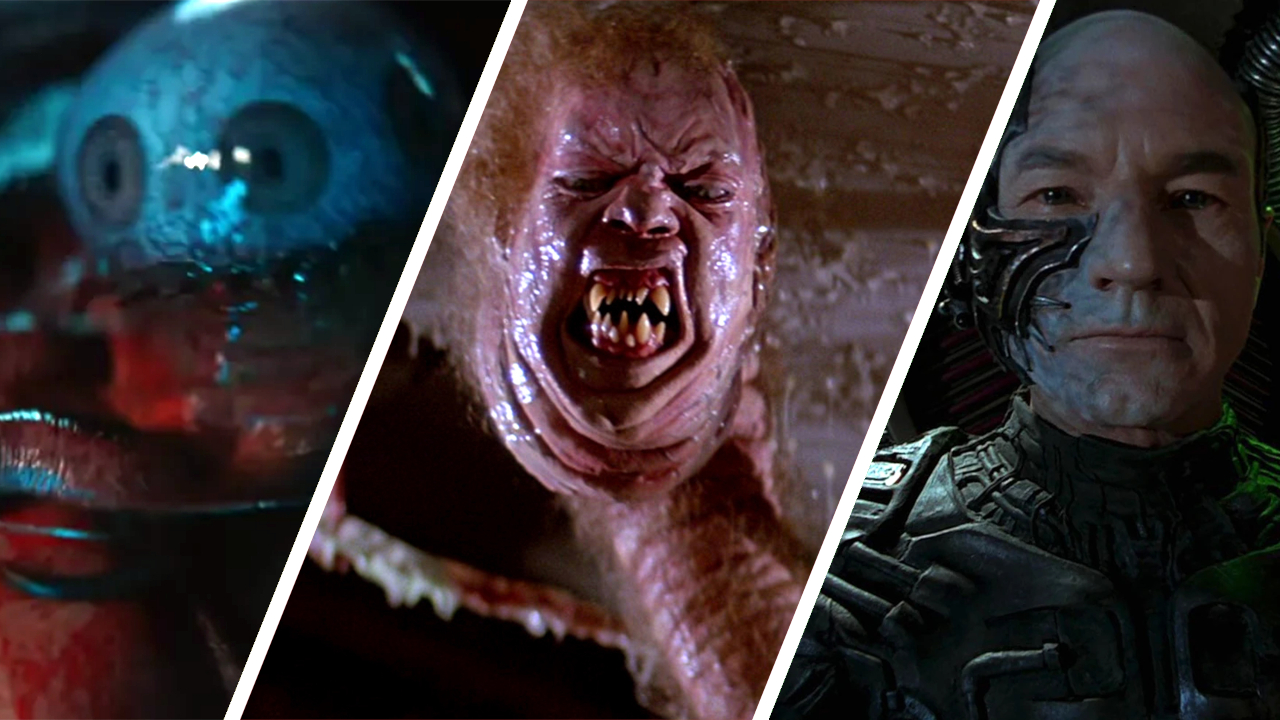
Heyyyy, it's spooky season… wait, what do you mean Halloween is over? Well, we don't care. Predator is back in theaters, Alien is good again, and we feel like getting our horror on, so let's look at some of the most terrifying threats to come from the stars (and our greatest artists' minds).
Despite our inability to find aliens (yet!) in our own extraterrestrial searches, our favorite movies, TV shows, games, and books often depict the cosmos as a nightmare realm teeming with horrors, from hostile alien intelligences to races of hive-minds desperate for conquest (or just the sweet taste of human flesh).
Like terrestrial monsters, evil aliens are often stand-ins for real-life anxieties. So, we've steered our list towards those races that are also metaphors for terrors we grapple with here on earth, be it fear of the other or the terror of the unknown. Grab your pulse rifle, and maybe a shotgun for close encounters, because these are the scariest aliens ever conceived.
The Borg (Star Trek: The Next Generation)

We tried to avoid putting them on the list, but resistance was futile; it's The Borg. Star Trek's collective race of assimilating monstrosities is so terrifying because they represent the loss of our individuality. An ever-adapting fusion of flesh and technology, the Borg are a hostile force that seeks not just to eradicate humanity, but to enslave it, forcibly eradicating the sense of self and folding its victims into a homogenous hive mind.
Death is scary, but the kind of ego death inflicted by the Borg is arguably a fate worse than death. The implication is that you continue to exist, perhaps even conscious on some level of what you've lost, while everything that defines you is annihilated. The Borg represent our fear of erasure, of disappearing into a vast, flat, and uncaring bureaucracy, and are one of modern fiction's most deft updates to the existential horror first popularized in the fiction of Franz Kafka.
Also, they've got big cubes, the most horrifying of the geometric shapes.
T. Ocellus / Species 64 / The “Eye” (The Alien franchise)
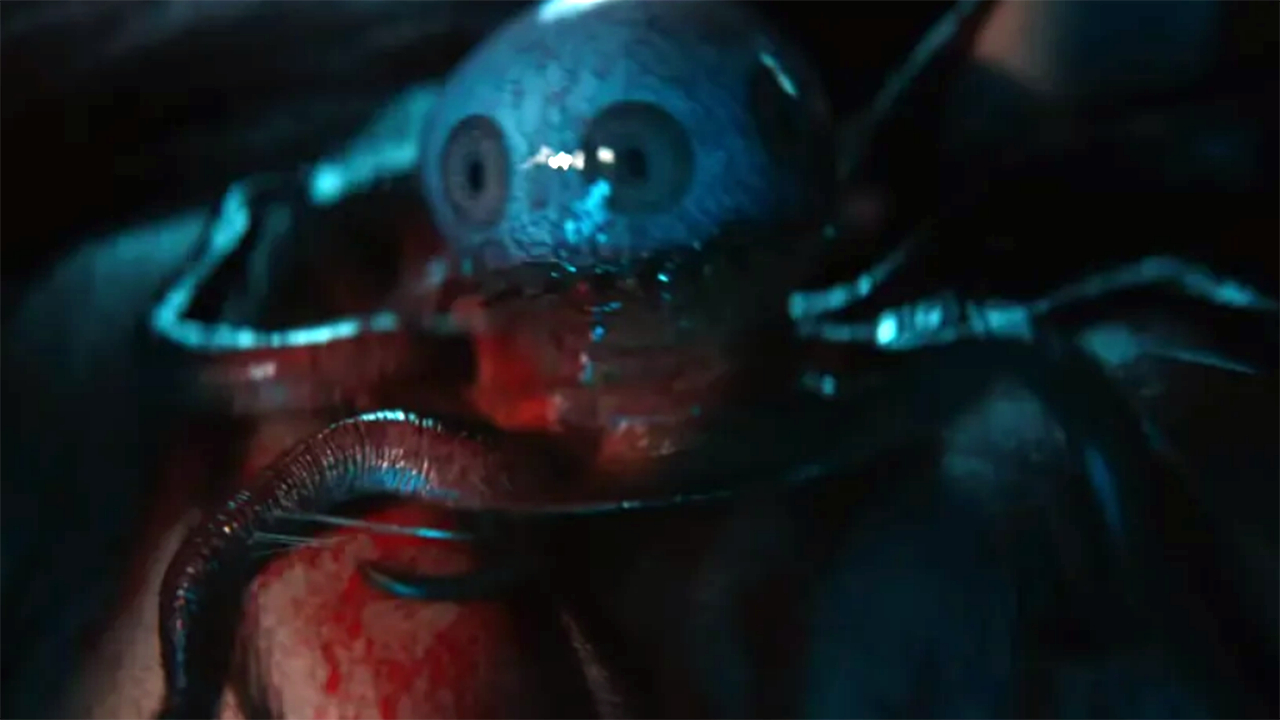
While the xenomorphs are the real OG of alien monsters, and likely the first thing you thought of when you clicked on this list, Alien Earth has introduced an even more horrifying creature to the Alien franchise. If you haven't seen the show, the T. Ocellus is an abominable little beast that resembles an eyeball (or pod of eyeballs) atop an octopus-like body of super-strong tentacles.
Breaking space news, the latest updates on rocket launches, skywatching events and more!
The presentation is scary enough, but the real horror is Ocellus's ability to take over a host. It burrows in and replaces one of its victim's eyes, then extends its prehensile tentacles throughout the host's body to take over the host's motor functions. It combines the worst features of face huggers, zombies, and incomprehensible alien horror into a single, compact atrocity.
Tyranids (Warhammer 40,000 Franchise)
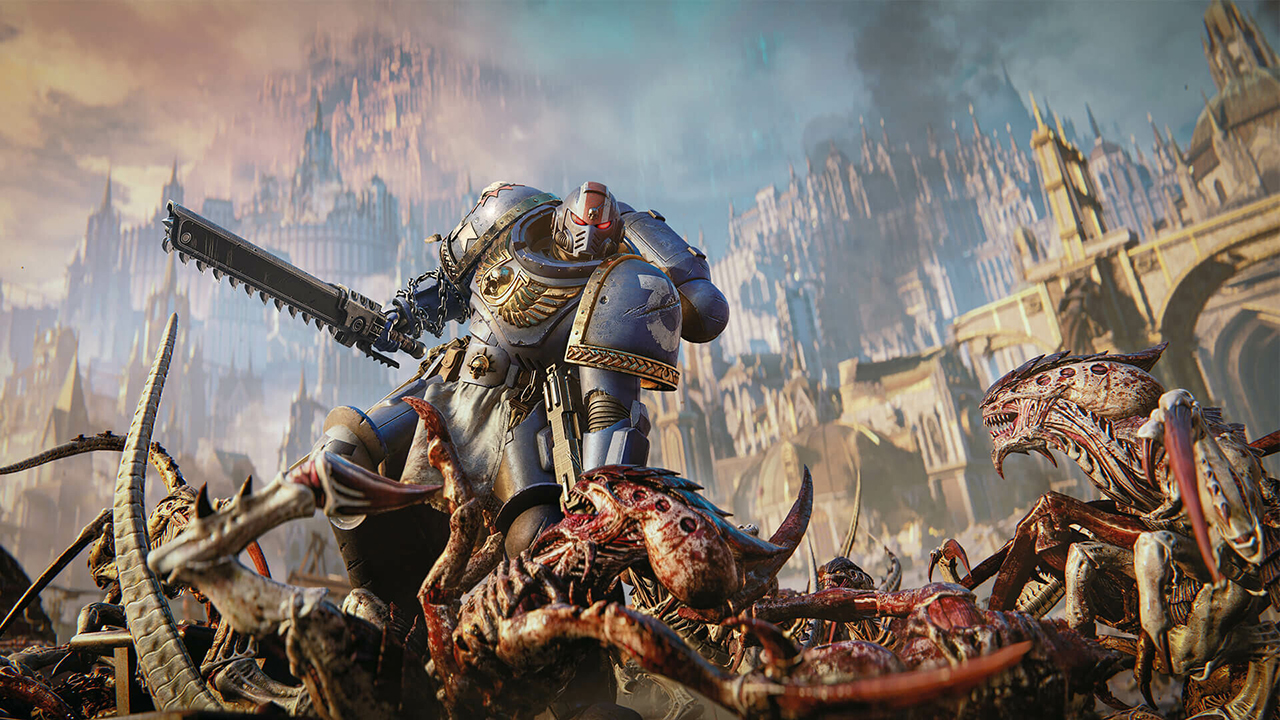
The Warhammer 40K universe is full of alien and demon threats to humanity, but one of the most vile and terrifying is the Tyranids, the race of extragalactic swarm organisms that have invaded our galaxy to devour all biomass.
They come in their countless billions to overwhelm the advanced weaponry of other species with their sheer numbers, and consume everything in their path like a host of evil, muscled, powerful alien locusts.
The Tyranids represent man's fear of the natural world, nature's inexorable ability to overwhelm, decay, and devour all of man's greatest works. Like the vast, uncaring jungle in Joseph Conrad's Heart of Darkness, the Tyranids are an irresistible force that seeks to surround and destroy humanity through the weight of pure biological necessity. Also like the natural world, the Tyranids are patient, slowly devouring the edges of the galaxy and reproducing in unthinkable numbers in the darkness of space.
The Thing (The Thing)
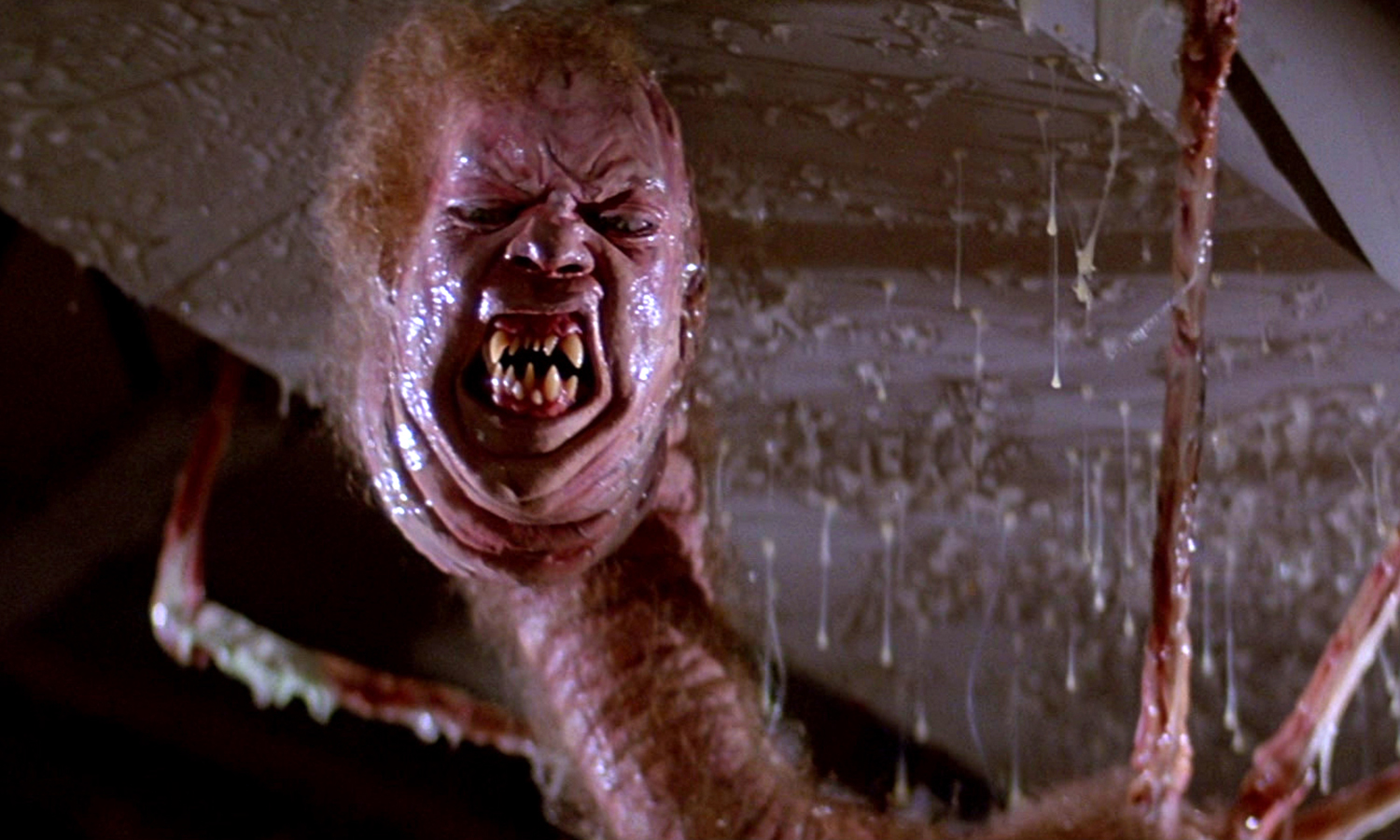
One of film's best representations of paranoia, The Thing works on a number of different levels. An alien organism that can perfectly mimic another creature, its ability to duplicate a person's speech, mannerisms, and absorb their memories makes it a perfect analog for the deep-seated human fear of the other, and our inability to trust any entity outside of our direct control.
The Thing builds tension based on the premise that anyone, even your closest friend or partner, could be othered, transformed into a being that longs for your destruction. By subverting trust and building paranoia to screeching highs, The Thing exploits some of humanity's worst traits.
It's a perfect example of a filmmaker (in this case, John Carpenter at the peak of his powers) using an alien being as a lens to demonstrate how humanity's worst enemy will always be its own negative impulses.
Pennywise (It)

While many commonly think Pennywise from Stephen King's "It" is a demonic clown, in reality, it's an ancient, trans-dimensional, malevolent entity that is billions of years old. It assumes the form of a clown on earth in an attempt to lure children, but Pennywise's true nature is much scarier and unknowable.
Pennywise is from a void that exists outside our dimension called the Macroverse. It arrived on our planet many millions of years in the past, and hibernates beneath the town of Derry, Maine, awakening once every 27 years to sate its dark hunger.
Worst of all, Pennywise exploits our most primordial terror, our fear of fear itself, presenting its victims with bloodcurdling illusions to "salt the meat" with dread.
Brandon Breyer (Brightburn)
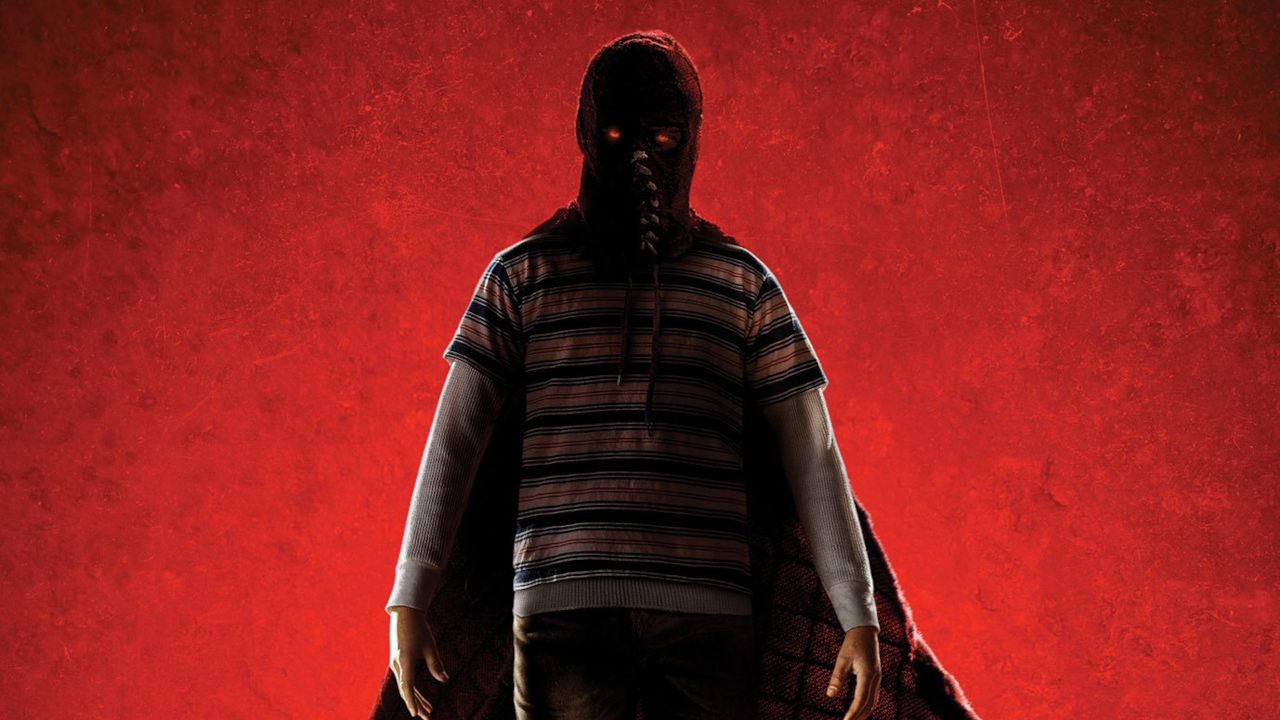
When a barren couple discovers a crashed alien spacecraft housing a small child, they believe their prayers have been answered. As the child develops, however, and his darkest impulses begin to surface, they realize that what they've discovered is a curse cloaked as a blessing.
Brightburn works because of how it inverts several popular tropes and preconceptions. First and foremost, there's the superhero trope, and very specifically the Superman mythos, where we expect the farm-raised, super-powered alien to become humanity's savior (rather than its scourge).
Even more poignant, however, is the Rosemary's Baby angle, where the innocence of childhood is drowned in blood and the notion that a young person reared in a loving environment should develop into a compassionate adult is perverted into unthinkable horror. Brightburn also twists the family dynamic to expose a parent's worst fear, that their power and authority over their children is completely illusory.
The Greys (Dark Skies)
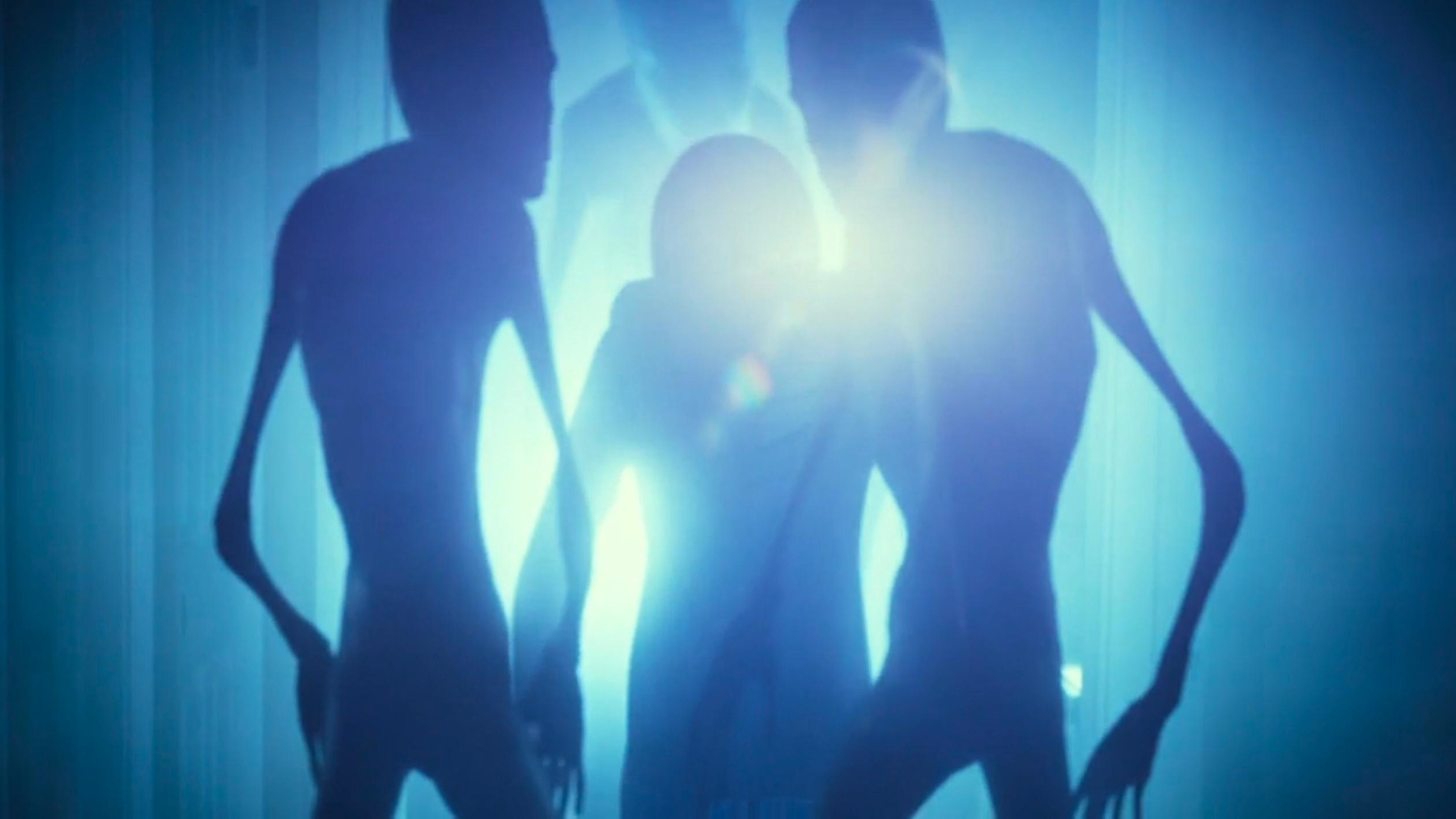
One of the most underrated sci-fi horror films of the mid-2010s, Dark Skies tells the story of a struggling American family terrorized by an intergalactic menace. It begins by preying on our fear of the unknown: household goods are arranged in strange patterns, birds commit suicide by crashing into the family's home, and the children begin to suffer nosebleeds and missing periods of time. The family is driven to a state of frenzied paranoia before the threat is revealed, spindly grey aliens that stand above them at night as they sleep.
Dark Skies does an excellent job of using an alien threat as a metaphor for the pressures on the nuclear American family that lead to so many of them disintegrating. The film begins with marital and financial stressors and exacerbates them with the influence of predatory external forces. It's also expert at showcasing a parent's fear of their inability to protect their children in a dangerous and hostile world, and the terror of a safe space like a suburban home being shattered by implacable forces beyond our control.

Alan Bradley is an experienced tech and culture writer with more than 20 years covering gaming, tech, and hardware. His work has appeared in Rolling Stone, U.S. News & World Report, PCMag, TechRadar, GamesRadar+, CNET, Live Science, Variety, and many other outlets.
You must confirm your public display name before commenting
Please logout and then login again, you will then be prompted to enter your display name.
